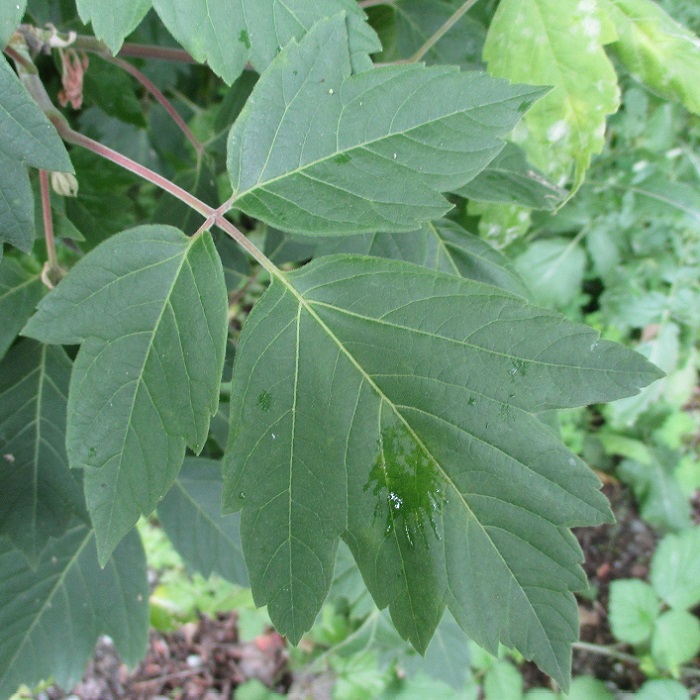UNITED STATES—It sounds like science fiction, but it is not. Every spring and during particular summer weather, limbs can fall from trees without warning, and seemingly for no reason at all. It happens when least expected, while the weather is warm and perhaps humid, but notably without wind. The lack of wind is what makes it so unexpected. It is a phenomenon known simply as spontaneous limb failure.
Those who witness it might think that the arborists they call to clean up the mess will not believe their descriptions of what happened. Yet, arborists are familiar with it. Quite a few species of trees are notorious for it, especially in urban landscapes where they get watered regularly. Most of such trees are either chaparral trees that do not expect much water, or riparian trees that do expect it.
Spontaneous limb failure occurs as warmth accelerates vascular activity, but humidity inhibits evapotranspiration, which is evaporation from the foliage. Accelerated vascular activity increases the weight of the foliage. Inhibition of evapotranspiration limits the ability of the foliage to eliminate some of the excess weight. Limbs break if unable to support the increasing weight of the foliage.
Spontaneous limb failure is not as easy to predict as the more familiar sort of limb failure that is caused by wind. Limbs that get blown down typically exhibit some sort of structural deficiency or disfigurement prior to failure. Some limbs that succumb to spontaneous limb failure do so as well, but most do not. They just happen to be the healthiest and most densely foliated parts of a tree.
Native coast live oak and valley oak are the two most familiar of the chaparral trees that are notorious for spontaneous limb failure. Native cottonwood, willow, box elder and sycamore are riparian trees that are perhaps even more susceptible to spontaneous limb failure. Sweetgum, carob, stone pine and various eucalypti are some of the exotic trees that might drop limbs spontaneously. In summer, spontaneous limb failure is less likely as growth slows and limbs strengthen.
Highlight: box elder
This ain’t no ordinary maple. Although there are other maples with trifoliate leaves (divided into three distinct palmately arranged leaflets), box elder, Acer negundo, is the only maple with pinnately compound leaves (divided into three or more distinct leaflets that are arranged pinnately on a central rachis). Leaflets might be solitary too. Almost all other maples have palmately lobed leaves.
Box elder is considered to be the ‘trashy’ maple. It grows fast, but only lives for about half a century. The happiest barely get to be twice as old. Because it gets more than 40 feet tall, possibly with multiple trunks wider than two feet, it can become quite a big mess as it deteriorates and drops limbs. Yet, it is aggressive enough to have naturalized in many regions where it is not native.
Despite all this, and the lack of good foliar color where autumn weather is mild, a few cultivars of box elder have been developed for landscape use. ‘Flamingo,’ which is likely the most popular, is variegated with white through summer, after pink new growth fades.
‘Violaceum’ develops smoky bluish growth in spring. ‘Auratum’ starts out yellowish. Mature leaflets are about three inches long.
Horticulturist Tony Tomeo can be contacted at tonytomeo.com.






